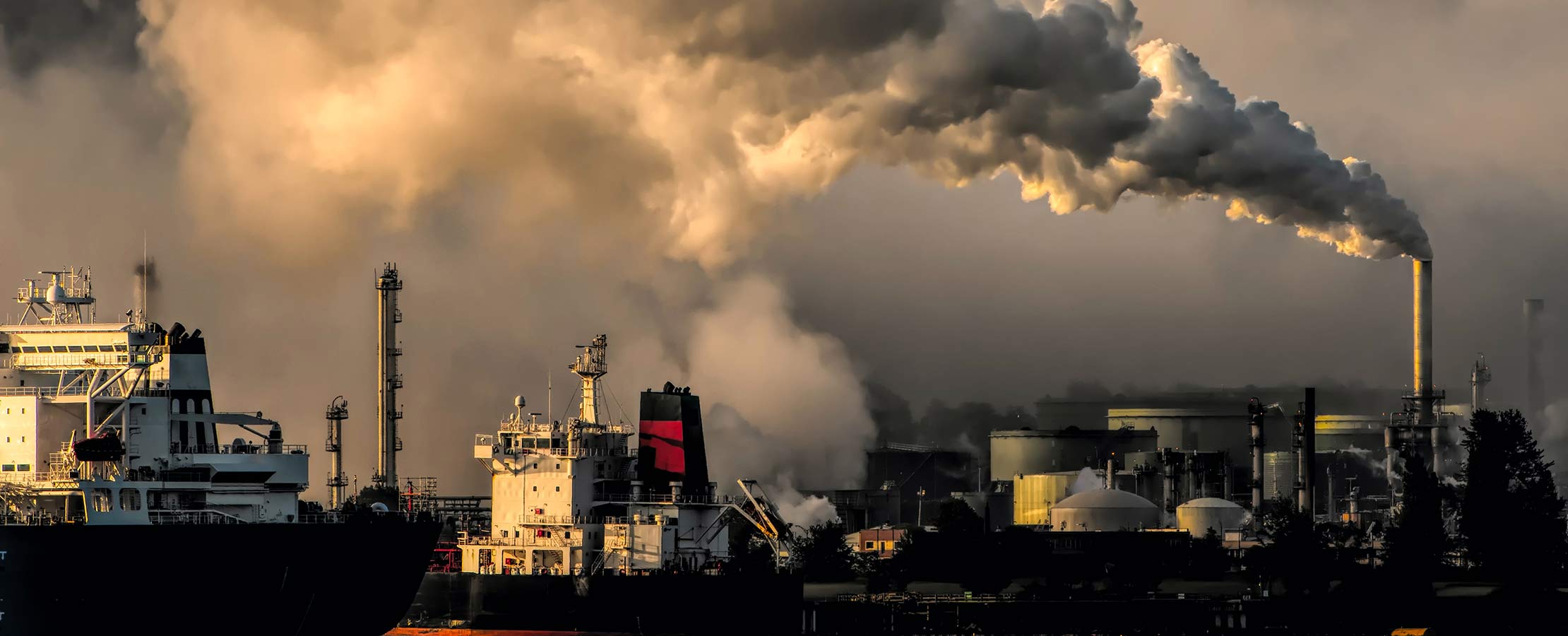Critical Role for CCUS Highlighted in Latest IPCC Report. What's Next?
The UN Intergovernmental Panel on Climate Change (IPCC) has highlighted carbon capture as an essential part of keeping climate targets alive in its latest report. Here’s why and what’s next.
Offsetting stubborn emissions
The latest IPCC report includes actively removing carbon from the atmosphere through carbon capture, utilization and storage (CCUS) as a key part of keeping global warming to within 1.5 and 2°C.
The report found that, alongside drastic emissions cuts, ‘negative emissions’ technologies are likely to be a necessary part of the transition to net zero. These technologies capture carbon dioxide (CO2) emitted from major sources including fossil fuel power plants, allowing the CO2 to be used or safely stored.

The IPCC report acknowledged the importance of a range of measures to address atmospheric carbon. These include:
- Compressing captured CO2 and injecting it into the ground
- Tree planting (reforestation and afforestation)
- Bioenergy with carbon capture and storage (BECCS) – an approach in which CO2 is captured from flue gas when biomass such as sugarcane, is used to generate renewable energy.
The report also acknowledges a significant role for direct air capture, and the potential for methods that use other nature based solutions such as the oceans to capture and store more carbon than they do already.
Stranded assets
CCUS is an essential complement to emissions reduction because it offsets unavoidable CO2 emissions from the hardest-to-abate industries, which would otherwise make it impossible to reach net-zero. For instance, in cement and concrete production, the report says CCUS will be “essential for eliminating the limestone calcination process emissions” associated with making Portland cement.
The IPCC report warns that without CCUS, the world’s fleet of coal and gas plants would need to retire 23 and 17 years early, respectively, to keep emissions low enough to restrict global warming to between 1.5 and 2°C. “Practically all long-lived technologies and investments that cannot be adapted to low-carbon and net zero-emission modes could face stranding under climate policy,” the report warns. It suggests that carbon-intensive facilities could be adapted by pairing them with CCUS technologies, to prevent them from becoming ‘stranded assets’ prematurely that would increase transition cost and reduce public acceptance.
Starting small
2021 marked some victories for CCUS, such as the US$165m Moomba project in Australia and the US$1.26bn committed by UK government and industry to develop CCUS technologies. Plans for more than 100 CCUS facilities, across a range of applications and regions, were announced. According to Bloomberg NEF, global investment in CCUS dipped US$0.7bn in 2021 to US$2.3bn, but it is expected to return to growth in 2022. This year could see the green light for projects like Porthos – which aims to store captured CO2 in empty gas fields beneath the North Sea.
Scaling up – and fast
The CCUS industry must scale up dramatically if it is to fulfill its promise in helping the world remain within climate targets.

An IEF report published in September 2021 found that CCUS deployment must reach at least 5.6 Gigatons (Gt) of CO2 by 2050 from just 40 million metric tons (Mt) today to meet the Paris Agreement and UN Sustainable Development Goals. Despite the need for CCUS, the report found several obstacles to reaching economies of scale. These include large upfront costs and energy penalties, poor market signals, regulatory hurdles, and a lack of public acceptance due to safety and other concerns, it stated.
The IPCC report acknowledges that any implementation strategy must reflect variations in CCUS methods as not all can be scaled up quickly and affordably. For instance, while engineered and nature-based solutions such as afforestation have received much attention, BECCS and direct air capture remain at an early stage of development.
For these newest approaches, the main roadblock is lack of commercial viability. The CCS Institute identifies a number of factors which encourage investment in CCUS. These include:
- access to high-quality geological storage resources, such as data on possible storage sites
- transparent regulatory frameworks to clearly set out rules, such as whether the operator bears liability for risk during and after CCUS operations
- government grants and subsidies
- carbon pricing
- establishing CCUS hubs to cut transportation costs.
In addition to providing financial incentives, governments also have a responsibility gather data and monitor the effectiveness of emerging CCUS technologies. The IPCC concludes that “a political commitment to formal integration [of CCUS] into existing climate policy frameworks is required, including reliable measurement, reporting, and verification […] of carbon flows.”






